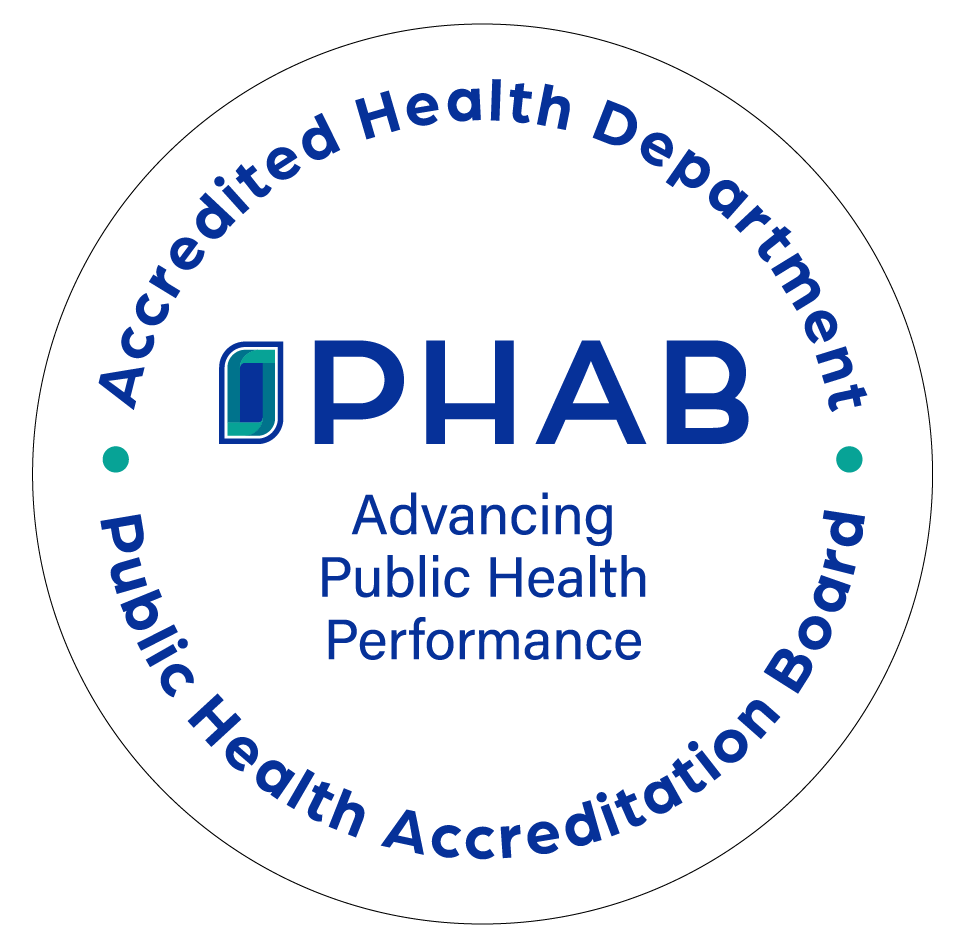What is now known as the Medina County Health Department existed in 1918-1919 under the direction of Mr. F. L. Harding as the Health Officer. During this time each municipality or township in Ohio could choose to operate as its own health district, employing part-time, informally-educated public health employees on salaries averaging $4-10 a week. More than 2,100 health districts existed in Ohio in the first two decades of the 1900s, with little oversight from the State Board of Health.
The Hughes Law and subsequent Griswold Act, which received widespread support from labor unions, women’s organizations and medical professionals, created a public health model for the country by organizing local health districts into city and county areas of populations of 25,000 or more.

At a minimum, each district was required to employ a full-time health commissioner, a nurse and a clerk. In addition, each district was required to have a five member board of health, with the health commissioner serving as administrative or executive agent of that board. A newly reorganized State Department of Health was given more oversight over local health districts, though local health officials retained the authority to resolve local issues.
In addition to monies collected at the local level, a $2,000 state stipend was given to each local health district to assist in carrying out public health duties in their respective jurisdictions. On February 12, 1920, Dr. R. A. Brintnall was appointed as Health Commissioner. This is the first record of a Doctor of Medicine being appointed as a Health Commissioner. During this time the county had a severe influenza epidemic and also considerable diphtheria and typhoid fever. Dr. Brintnall secured the service of Miss Constance Hanna, a Red Cross Nurse, whose home was in Sharon Township for the care and prevention of contagion.
The first public health clinic opened in July 1920 with Miss Hanna working out of the restaurant building at the A. I. Root Company’s Plant. About 1935, Mr. Clarence Hooven was hired as the first Sanitarian thus establishing the Environmental Division.
Much of the public health work conducted in Medina County in the 1920s is still carried out in some form today. For example, school inspections, communicable disease prevention and reporting, and sanitation issues are still concerns in the 21st century.

